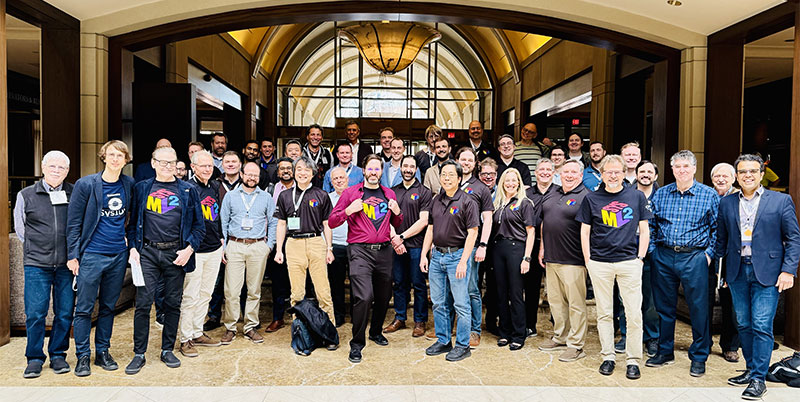
The Future of Systems Engineering
The OMG's Systems Engineering Domain Special Interest Group (SE DSIG) seeks to expand the adoption of model-based systems engineering (MBSE). Systems engineering is a multi-disciplinary approach to system development that is intended to ensure the pieces of the system work together to achieve the objectives of the whole. This requires architecting balanced solutions that satisfy diverse stakeholder needs for capability, dependability, sustainability, ease of use and affordability while managing complexity and risk.
Systems engineers have traditionally captured information about the system in a variety of documentation including text, informal diagrams and spreadsheets. The transition to MBSE captures this information in a system model which can improve the completeness, consistency, precision and traceability of the information. The SE DSIG is working towards maintaining the shared Systems Engineering Vision 2035, which provides strategic direction of systems engineering for the global systems community. This in turn can significantly reduce errors that often surface later in the development lifecycle causing cost and schedule overruns and unmet stakeholder expectations. The SE DSIG is defining the future of systems engineering by amplifying Systems Modeling Language and MBSE adoption.
Mission:
Support evolution of MBSE standards to achieve the following goals:
- Provide a standard systems modeling language to specify, design, analyze and verify complex systems
- Facilitate integration between systems engineering and other engineering disciplines
- Facilitate the transfer of information between tools for developing systems
- Provide a forum to exchange practices and methods related to MBSE
Areas of Focus:
- Systems Modeling Language (SysML): A general-purpose modeling language for systems engineering whose intent is to specify the language so that systems engineering modelers may learn to apply and use SysML, modeling tool vendors may implement and support SysML, and both can provide feedback to improve future versions.
- SysML Extension for Physical Interaction and Signal Flow: Extends SysML with additional information needed to model physical interaction and signal flow simulation independently of simulation platforms. Provides a human-usable textual syntax for mathematical expressions. Includes a platform-independent SysML library of simulation elements that can be reused in system models. Gives translations between SysML as extended above and two widely-used simulation languages and tools for physical interaction and signal flow simulation.
Work in Progress:
- Kernel Modeling Language (KerML) v1.0: Defines a modeling language that provides a syntactic and semantic foundation for creating more specific modeling languages.
- SysML v2.0: Intended to address many of the limitations of the current version of OMG SysML to enable the more effective application of MBSE. In particular, the emphasis for SysML v2 is to improve the precision, expressiveness, interoperability and the consistency and integration of the language concepts relative to SysML v1. SysML v2 will express the core concepts required to precisely specify a system, its elements and its environment. The language will be specified as both a SysML profile of UML and as a SysML metamodel.
- SysML v2.0 API & Services: Complements the SysML v2 RFP and specifies the requirements for an API that includes services to operate on SysML v2 models and connect SysML v2 models with models in other disciplines. The API shall be implemented by SysML v2 modeling environments and shall support a wide range of operations related to model query, construction, view/viewpoint management, analysis, management and transformation for SysML v2 models.
Get Involved:
If you're an OMG member, have a member account, and want to get involved, you can Subscribe to The Systems Engineering DSIG Mailing List to receive frequent group email updates and/or contact [email protected]. If you don't know if your organization is already a member, check the OMG Member List, Request An Account, and follow the prior steps, if your organization is a member, to get engaged. If not a member and interested in getting involved please visit our Membership Overview Webpage and/or contact [email protected].